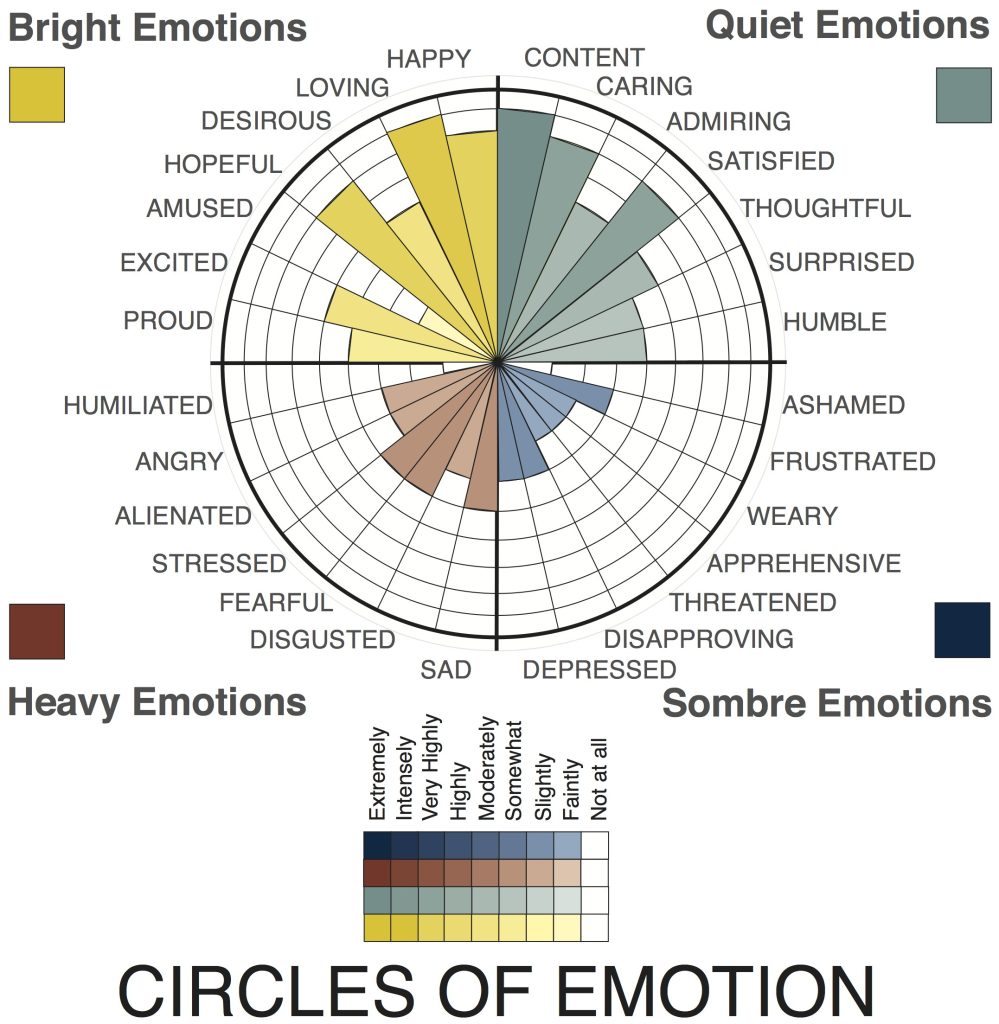Our work concerns the emotions associated with extinction. It involves a methodological shift away from the two dominant ways in which the emotions tend to be mapped.
One approach, which has long been dominant in social psychology, tends to treat emotions as discrete universal sensibilities, organized around a core group of emotions. These core emotions include happiness, sadness, anger, surprise, fear, disgust, and contempt — or some variation on that list. They are treated as having consistent inter-cultural meanings.
The other dominant approach, with some strange alignments with the first, has involved an ‘affective turn’ in social and cultural theory, privileging bodily affects and rejecting what they have projected as the singular primacy of reason.
Affect theorists thus tend to treat affective intensities as if, firstly, they are primarily bodily and autonomic. Emotions are thus distinct from cognitive awareness and prior to cultural-political awareness. Secondly, affect theorists suggest that emotions can be usefully reduced to basic emotions, mapped neurobiologically.
Our approach departs from both of these lineages. For us emotions are felt in the co-constitutive relation of mind and body, person and world, affect and emotion. In other words, we are pursuing an embodied, cognitive and socially relational account of emotions.
- An emotion is defined as a mental-embodied state that involves a subjective orientation towards an object of attention. Here the notion of ‘attention’ is important. It makes an emotion different from an affect.
- Emotions are narrated responses, and always social.
- There is no small core group of emotions, but rather clusters of emotional fields.
- Emotions are not universal across different cultures, even if processes of globalization have brought commonalities and crossovers.
The analytical matrix that we are working with—images in relation to emotions, imaginaries and practices—means that we need a method of registering how people respond to images. This is where the ‘Circles of Emotions’ matrix provides a method for understanding patterns of emotion.
Circles of Emotion treats emotions as semantic fields of narrated and practiced meaning. The emotions are set in a circle to allow for comfortable associative selection on a digital platform.
The method allows participants to choose multiple emotions linked to particular images (a surprisingly unusual capacity in research on emotions). It also allows for measuring intensity.
In this case, our chosen set of iconic images related to extinction will be presented randomly to all our respondents.

